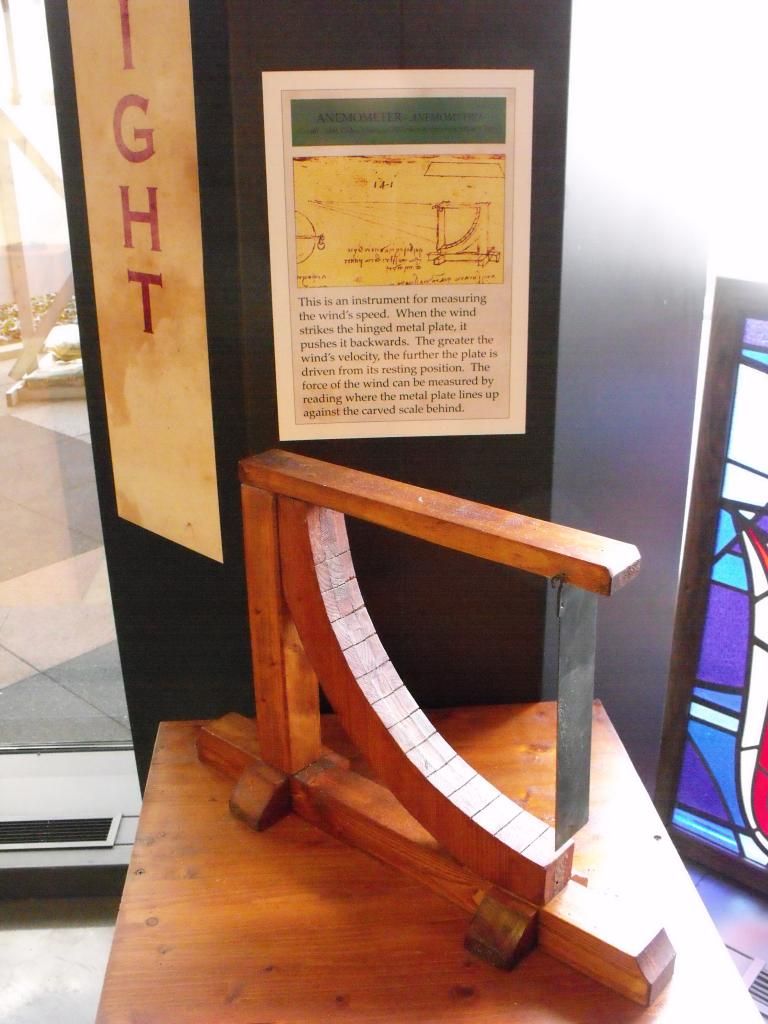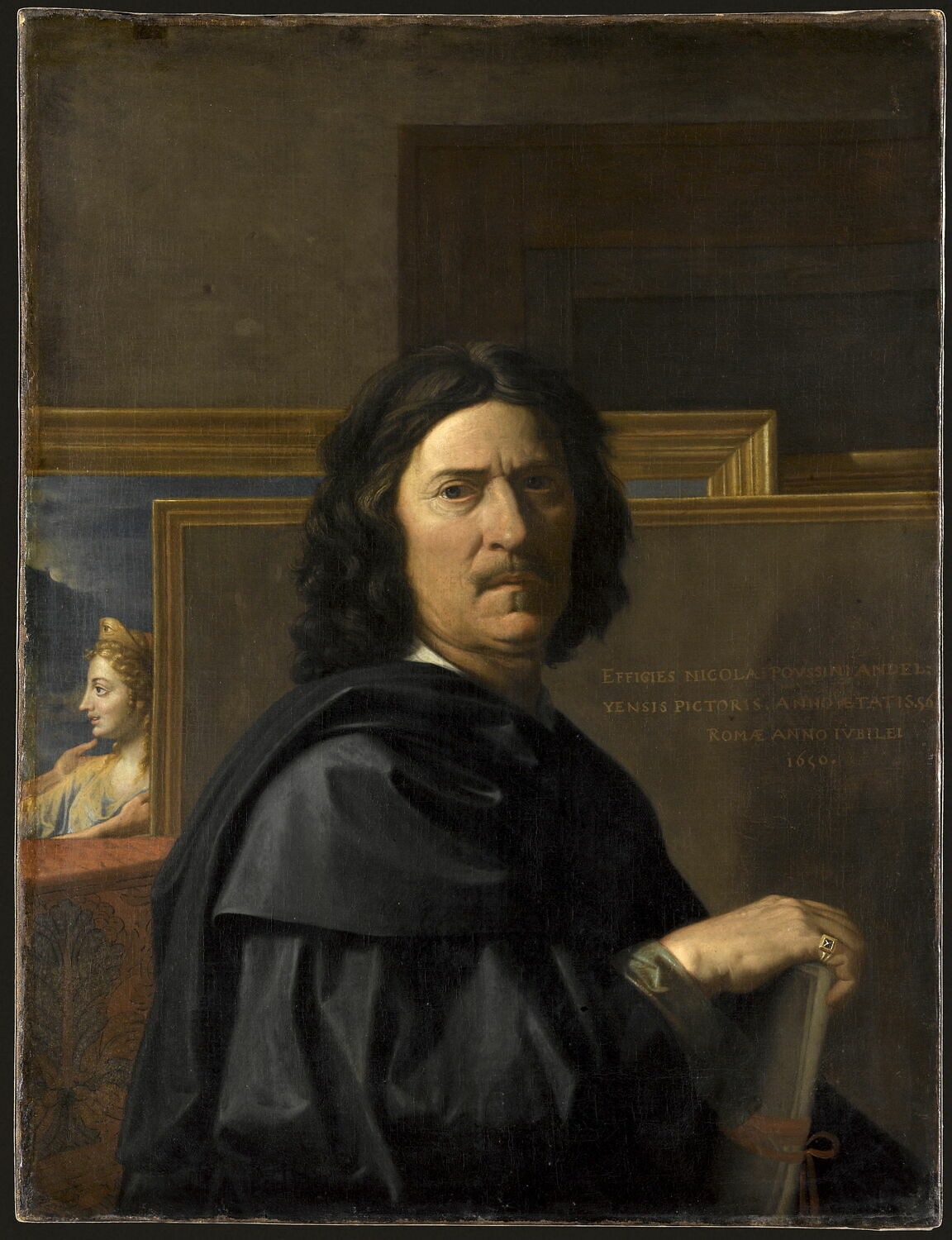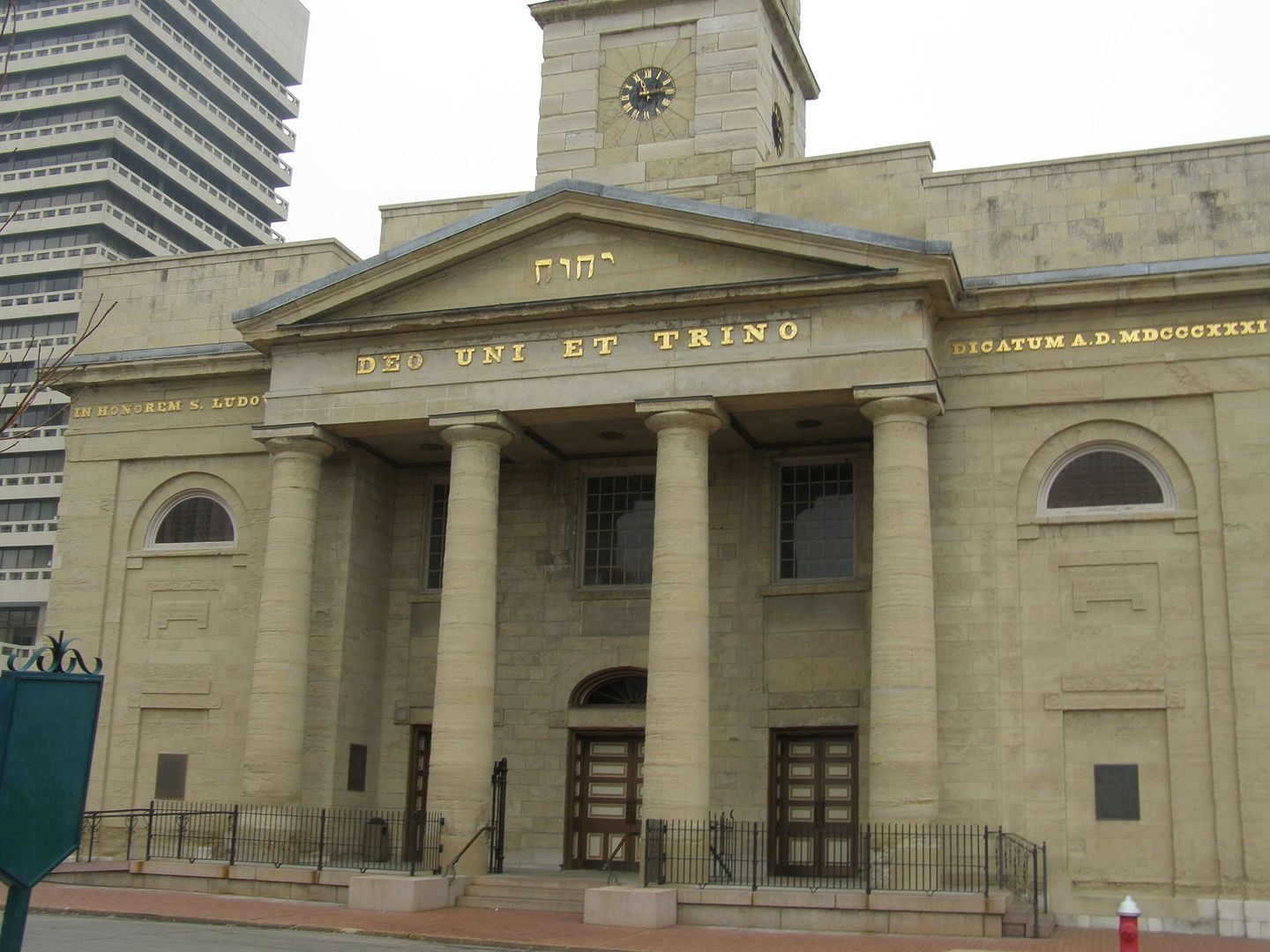By Mary Alice Bennett
The Templar Gold of Castle Cabrieres
- home of La Diva Emma Calve
![]()
Real treasure has been found in the area around Rennes-le-Chateau over the years. It was discovered in the form of bricks made of fused Arab gold coins coated with a layer of tar. Under what circumstances would such wealth be lost? A Templar hoard would likely be in this form of Arab gold – a treasure on the move in the middle of the night, on the run from the officers of King Philip and headed for Catalonia. The following quotation is from the Seanz de Castillon diary. It contains the information given to Emma Calve by Abbe Berenger Sauniere concerning the Templar treasure that was once housed in her home, the Templar`s Castle Cabrieres.
![]()
“Staying at La Diva's "Castle" the Chateau de Cabrieres in the Aveyron not far from the town of Millau in Languedoc. A bit of an out of the way place to get to but worth the journey. La Diva bought it in 1895 or thereabouts. It came about this way. You could say it was the call of the soil crying out to a woman who comes from good Provencal peasant stock indeed her father, a trained engineer, was forced at one stage, by economic circumstances to go back to working the family farm. They were only tenant farmers and after her father took his family to Spain in search of better things the farm reverted back to the landlord so their was no family home to inherit. She didn't set out to buy a castle what she had in mind was large farmstead and land but when she made enquiries about suitable properties at an agent's in Millau she was told about this estate comprising chateau, farm, lands and so on but it could not be split up so no chateau no farmstead. During it's long history (built originally in the 11th century they say and according to La Diva had in the 13th century connections with the Knights Templar who had a treasury here and according to local tradition it held "a great treasure." Indeed when the Order was suppressed some knights were kept here in the dungeons and put to death when no treasure was found in the castle and they refused to divulge its whereabouts) it has been owned by several noble families interconnected by marriage but the last of these (the Des Esseintes) finally died out about 90 years ago since when the chateau has stood empty but the farm, lands, forest rights, shooting rights, fishing rights have been let out to tenants. La Diva has spent lavishly on renovating and restoring with a certain amount of modernization to make it amenable to present day expectations of comfort whilst retaining its medieval atmosphere. The work is by no means finished yet…
This priest Sauniere holds the benefice of some backwoods place called Rennes le Chateau deep in the Languedoc. All that part of the Languedoc is, according to La Diva steeped in history, mystery, supernatural happenings, a cradle of kings, a refuge for Cathars and Templars with hoards of hidden treasure waiting to be discovered in undiscovered caves and grottoes and powerful occult secrets too waiting to empower those who can uncover and interpret them, to those who can decipher certain clues hidden in nature and man-made structures and monuments also. She told me all this as we took our ease that warm drowsy Spring afternoon on the lawn at the foot of the castle walls. It would appear that this curé is a man with a special gift for divining such things something akin perhaps to a dowser or water diviner and that he is also a man with a SECRET. I emphasize this because La Diva put plenty of emphasis on it as she told it to me. She would not explain further as to what this SECRET might be no, not even to me a fellow Martinist and Traveler in the Path. Does she know what it is? After she came into possession of the Chateau de Cabrieres Sauniere wrote a letter in which he claimed to have in his possession a manuscript chronicle of events in and around Rennes for roughly three decades from 1290 to about 1320 written in Occitan by a wandering Franciscan Friar which states that the last Seneschal of Cabrieres, a Templar named Eustache de Rastaignac passed through Rennes in June 1309 with a squire and six heavily laden pack mules bound for the monastery of Montserrat in Catalonia but that close pursuit by officers of King Philip forced him to hide whatever the mules carried somewhere in the vicinity of Rennes. Raistagnac was soon afterward apprehended at the Chateau Blanchefort in a state of physical exhaustion alone, no mules, no squire. He was tortured and executed. Tantalizingly she said that the letter also contained other "esoteric" information. She did not offer to show it to me however. We were annoyingly interrupted at this point by the arrival of a Monsieur de Senmaret the architect responsible for work on the chateau and they must needs talk business.”
![]()
“The treasure in Arab gold coins. At least two genuine recoveries of Gold coins in the surroundings of Rennes le Chateau have been found, These were gold coins of Arab origin that were amalgamated in bitumen. These two instances, similar, have experienced several years of variation and have never received a satisfactory explanation. The first lucky find took place in 1860 in Bézu by RED Mr. SEE” - from “Rennes Treasures”.
“In 1830 a man found a gold ingot weighing almost 20 Kilos whilst out walking near to Rennes. Not long after this in 1860 another man found a gold bar near to Bézu made from partly smelted Arabic coins and weighing almost 50 Kilos. These are real, confirmed discoveries. Doubtless there have been many others where the discoverers did not announce their finds.
A 50 Kilo gold bar is extremely heavy and one would think, if dropped, would be noticed. Also, it is not the kind of object an individual uses in the form of his secret investment. It was normal of people in bygone days to usually bury coins, being more mobile.
These gold bars could have come from a number of sources.
One possibility is that caravan was transporting them across country. If a heavily laden horse stumbled and fell or a cart lost a wheel it is possible that the mass of gold it was carrying would have spilled out across the land and it is not unfeasible that one or two bars may have become embedded in the soft soil and were overlooked.
The caravan may have been fleeing an enemy, thinking it preferable to loose a few gold bars than waste time gathering the spilled gold only to end up loosing the entire convoy”.- from the History of Bezu.
“THE STORY OF THE GERMAN SMELTERS
In 1156, the Templars installed on the plateau of Lauzet, betweenBlanchefort and Rennes-le-Château, a colony of German workers,forbidden to have the slightest contact with the local population.
It was explained that they were exploiting the former gold mine of Blanchefort, but - oddly - they weren't miners but smelters...
This could lead one to guess that they weren't digging, but weretransforming an immense treasure into gold bars; what could be easier thanto hide it in a gallery, at the bottom of a mine!
THE STORY OF THE COUNTERFEITERS OF BEZU
In 1307, the Templars of France were all arrested the same day (13 October). On 2 May 1312, the Order of the Temple was dissolved by a Bull of Pope CLEMENT V.
In 1340, a search by the agents of King CHARLES V at the château of BEZUcaught red-handed, in the process of counterfeiting, the Seigneur Guilhen CATHALA, his wife, and two stooges.
An agent of the King was killed and the others put to flight; given the gravity of the affair, the soldiers had to intervene and arrest the guilty parties.
During this era, counterfeiting could mean making coins that did not contain the required weight in gold, a question of theft; but it could also mean making correct coins without authorisation, which was forbidden. So where did the gold come from?
The affair was not followed up, and the "criminals" were pardoned, becausethe Seigneur de CATHALA was both the son-in-law of the Seigneur de RENNES,and the nephew of Pope BENOIT XII, whose real name was Jacques FOURNIER, a former Cistercian at the monastery of BOULBONNE..”.-from the History of Bezu.
Did German smelters melt down Templar gold from Castle Cabrieres for over a century? Did Eustache know the location of the smelter, the perfect place to hide his treasure near Rennes-le-Chateau? Thanks to the diary of Don Rodrigo de Saenz y Castillon, we have new information about the source of the bricks made of fused Arab gold coins found in the area of Rennes-le-Chateau.








 , the new book by adventurer and Rennes-le-Chateau archaeologist Bill Kersey, is everything that one would expect from this expert in the field.
, the new book by adventurer and Rennes-le-Chateau archaeologist Bill Kersey, is everything that one would expect from this expert in the field. From Capetown he worked his passage to England as a greaser just at the moment that this story begins. With the passage of time, the author has consolidated his computer and engineering skills while working on a wide variety of major petro-chemical, sub-sea, tunnelling and water projects including the Channel Tunnel and the Libyan Great Man Made River project. Petro-chemical and sub-sea projects include Morecambe Gas Field, Liverpool Bay, Whych Farm, and the West of Shetland development.
From Capetown he worked his passage to England as a greaser just at the moment that this story begins. With the passage of time, the author has consolidated his computer and engineering skills while working on a wide variety of major petro-chemical, sub-sea, tunnelling and water projects including the Channel Tunnel and the Libyan Great Man Made River project. Petro-chemical and sub-sea projects include Morecambe Gas Field, Liverpool Bay, Whych Farm, and the West of Shetland development.




























